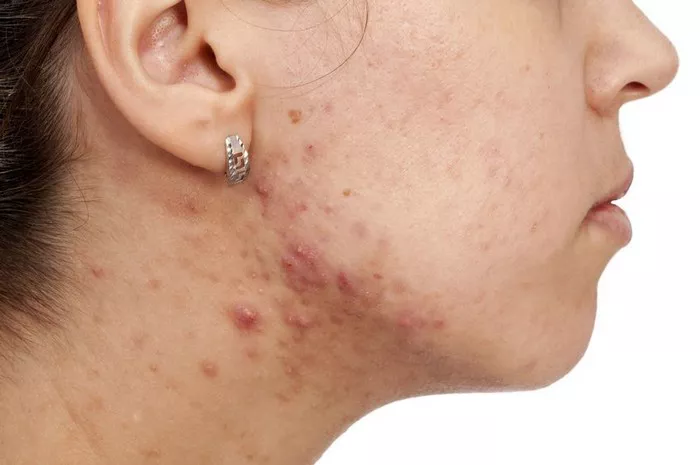Vitiligo is a chronic skin condition characterized by the loss of pigment-producing cells known as melanocytes. This loss results in the development of white patches on the skin, which can vary in size and location. Although vitiligo can affect people of all ages and skin tones, it is relatively common and not restricted by ethnicity or gender. The exact cause of vitiligo remains unknown, but it is believed to be an autoimmune disorder where the body’s immune system mistakenly attacks the melanocytes.
SEE ALSO: Can You Randomly Develop Vitiligo?
Symptoms and Characteristics
The hallmark symptom of vitiligo is the appearance of white patches on the skin. These patches are usually flat and smooth, and they can occur anywhere on the body. However, some of the most commonly affected areas include the face, hands, and arms. Understanding the characteristics of these patches is essential in distinguishing vitiligo from other skin conditions.
Patches of Vitiligo:
Appearance: The patches are typically white, often contrasting sharply with the surrounding skin. They are usually flat and smooth, with well-defined edges.
Location: Vitiligo patches can appear on any part of the body. Common sites include areas frequently exposed to sunlight, such as the face, hands, and arms.
Changes Over Time: The patches may spread or change shape over time. They can increase in size or number, and their edges may become irregular.
Skin Texture: The affected skin may feel different from the surrounding areas. Some individuals report that the skin feels dry, flaky, or more sensitive to sunlight.
Hair Color Changes: In some cases, the hair growing in the affected areas may turn white or gray.
Association with Other Autoimmune Conditions: Vitiligo can sometimes be associated with other autoimmune disorders, such as thyroid disease or diabetes.
Differentiating Vitiligo from Other Conditions
Several other conditions can cause white patches on the skin.
Piebaldism:
Description: Piebaldism is a rare genetic condition present from birth. It causes white patches of skin due to a congenital lack of melanocytes.
Characteristics: The patches are typically present at birth and remain stable over time. They often have a more pronounced pattern compared to vitiligo.
Tinea Versicolor:
Description: Tinea versicolor is a fungal infection that leads to light or dark patches on the skin.
Characteristics: The patches may be lighter or darker than the surrounding skin and can be itchy. Tinea versicolor often appears in warmer climates and can be treated with antifungal medications.
Albinism:
Description: Albinism is a genetic condition that results in a lack of pigment in the skin, hair, and eyes.
Characteristics: Individuals with albinism have a generalized lack of pigment rather than discrete white patches. The skin and hair are uniformly lighter, and vision problems are common.
Skin Infections:
Description: Fungal or bacterial infections can also cause white patches on the skin.
Characteristics: Infections may present with additional symptoms such as redness, itching, and swelling. Proper diagnosis typically involves laboratory tests to identify the infection.
Visual Aids:
Including high-quality images comparing vitiligo to other conditions can be helpful in differentiating these conditions. Such visuals should clearly depict the unique features of vitiligo versus those of piebaldism, tinea versicolor, albinism, and skin infections.
When to See a Doctor
Diagnosis is crucial for managing vitiligo effectively. It is essential to seek medical advice if you notice any of the following:
Concerns About the White Patches: If you are unsure whether the white patches are vitiligo or another condition, consult a healthcare professional.
Spreading or Changing Patches: If the patches are spreading or changing shape, it is important to get an evaluation to determine the cause and appropriate treatment.
Itchiness, Irritation, or Pain: If the affected areas of skin are itchy, irritated, or painful, medical attention is needed to rule out other conditions and provide relief.
Accompanying Symptoms: If you experience other symptoms, such as hair loss or changes in eye color, seek medical advice to address any underlying issues.
Conclusion
Identifying whether white patches on the skin are due to vitiligo is crucial for effective treatment and management. Vitiligo, characterized by the loss of pigment and the development of distinct white patches, requires careful evaluation to differentiate it from other skin conditions that may present with similar symptoms. Recognizing the unique features of vitiligo, such as its gradual spread and specific patterns of patch formation, is essential in making an accurate diagnosis.
Related Topics:



























